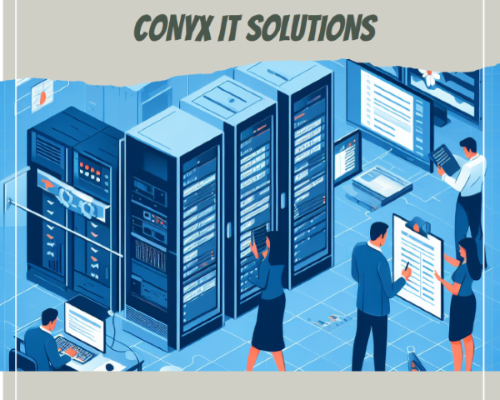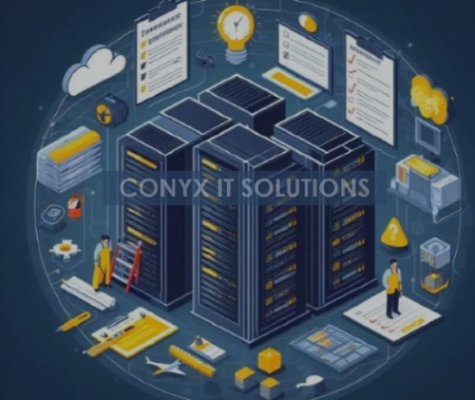Day-to-Day Non-IT maintenance checklist for Data Center
Data Centers operators have to maintain strict security protocols to keep customer data secure while ensuring power and cooling capacity are maintained. Using data center operations and maintenance best practices can help data centers provide safer and better services for their customers—especially when data centers are connected to Internet of Things (IoT) devices.

Here’s a day-to-day maintenance checklist for data centers, focusing on non-IT aspects:
Physical Inspection:
- Check for any visible signs of wear or damage to server racks, cabling, and other infrastructure.
- Ensure proper ventilation and cooling for all equipment
Temperature and Humidity Monitoring:
- Regularly monitor and adjust temperature and humidity levels to ensure they are within recommended ranges.
Power Supply:
- Inspect and test uninterruptible power supply (UPS) systems.
- Verify that power distribution units (PDUs) are functioning correctly.
Security Checks:
- Review security camera footage for any unusual activities.
- Check access logs and ensure that only authorized personnel have access to the data center.
Fire Suppression Systems:
- Inspect and test fire suppression systems to ensure they are in working order.
Cabling:
- Check and organize cables to prevent tangling and ensure proper airflow.
- Identify and replace damaged or frayed cables.
Hardware Inventory:
- Update the inventory of hardware and keep track of any changes or additions.
Labeling:
- Ensure that all equipment is properly labeled for easy identification.
Cleaning:
- Regularly clean the data center space, including floors, to minimize dust and debris.
- Ensure proper airflow by keeping air vents and cooling systems clean.
Pest Control:
- Implement measures to control pests and rodents in and around the data center
Emergency Preparedness:
- Review and update emergency response plans.
- Ensure that emergency contact information is up to date.
Documentation:
- Update documentation for any changes in configurations or hardware.
Supplier Relations:
- Maintain communication with suppliers for replacement parts or equipment.
Testing:
- Periodically conduct tests for disaster recovery and backup systems.
Environmental Controls:
- Monitor environmental controls such as air conditioning and make adjustments as needed.
Regulatory Compliance:
- Ensure compliance with any relevant data center regulations and standards.
Test Emergency Procedures:
- Periodically conduct drills to test emergency response procedures.
Training:
- Provide ongoing training for data center staff on safety procedures and new technologies.

This is a general guideline and specific tasks may vary based on the size and complexity of the data center. Regular checks and proactive maintenance can help prevent issues and ensure the smooth operation of the data center.
